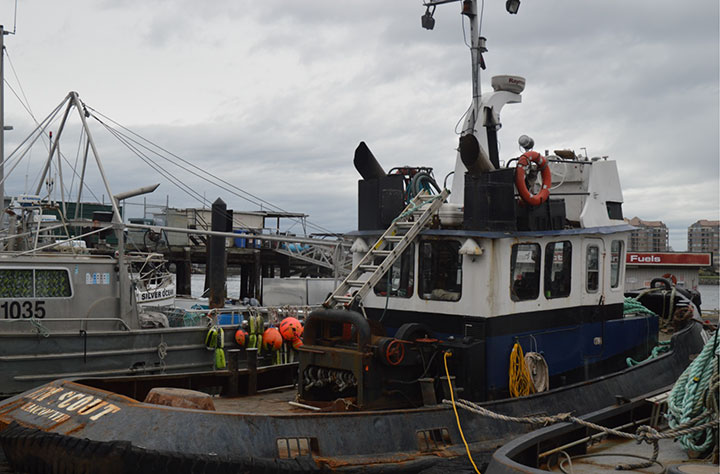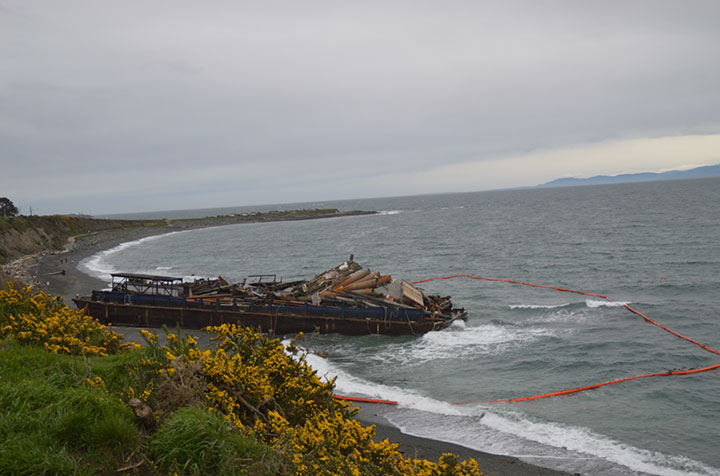Grounding of barges
Tug H.M. Scout towing barges HM Blue Horizon
and HM Tacoma
Victoria, British Columbia
The occurrence
On 02 March 2016, the tug H.M. Scout lost its tow when the tow line parted 0.4 nautical miles south of Victoria, British Columbia. The barges H.M. Tacoma and H.M. Blue Horizon, subsequently went aground on the south coast of Vancouver Island, British Columbia. The broken tow line fouled the tug’s propeller and the tug returned to Victoria at slow speed. There were no reported injuries or pollution.
Media materials
News release
Poor risk management led to March 2016 grounding of two barges near Victoria, British Columbia
Read the news release
Deployment notice
TSB deploys a team to Victoria, British Columbia, following grounding of two barges under tow
Richmond, British Columbia, 4 March 2016 — The Transportation Safety Board of Canada (TSB) is deploying a team of investigators to Victoria, British Columbia, where two barges towed by the tug H.M. Scout ran aground. The TSB will gather information and assess the occurrence.
Class of investigation
This is a class 3 investigation. These investigations analyze a small number of safety issues, and may result in recommendations. Class 3 investigations are generally completed within 450 days. For more information, see the Policy on Occurrence Classification.
TSB investigation process
There are 3 phases to a TSB investigation
- Field phase: a team of investigators examines the occurrence site and wreckage, interviews witnesses and collects pertinent information.
- Examination and analysis phase: the TSB reviews pertinent records, tests components of the wreckage in the lab, determines the sequence of events and identifies safety deficiencies. When safety deficiencies are suspected or confirmed, the TSB advises the appropriate authority without waiting until publication of the final report.
- Report phase: a confidential draft report is approved by the Board and sent to persons and corporations who are directly concerned by the report. They then have the opportunity to dispute or correct information they believe to be incorrect. The Board considers all representations before approving the final report, which is subsequently released to the public.
For more information, see our Investigation process page.
The TSB is an independent agency that investigates air, marine, pipeline, and rail transportation occurrences. Its sole aim is the advancement of transportation safety. It is not the function of the Board to assign fault or determine civil or criminal liability.

